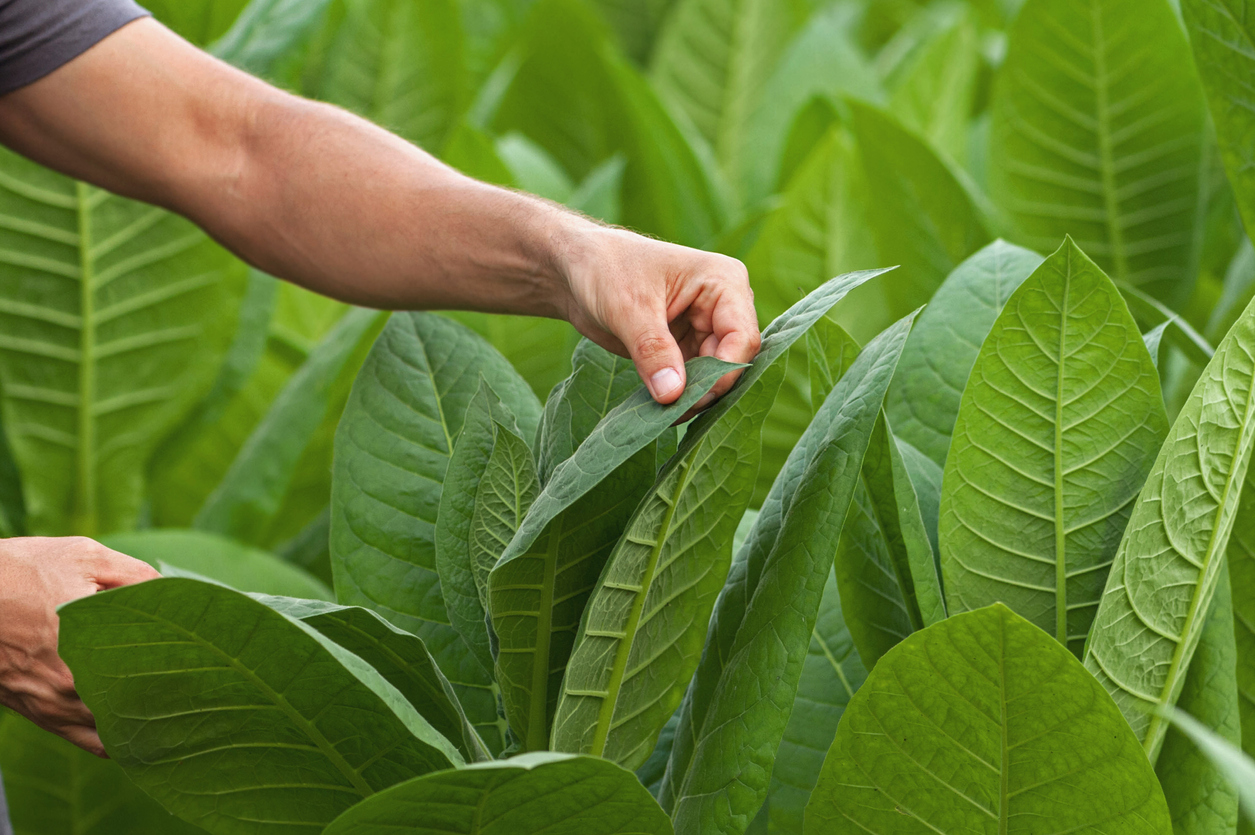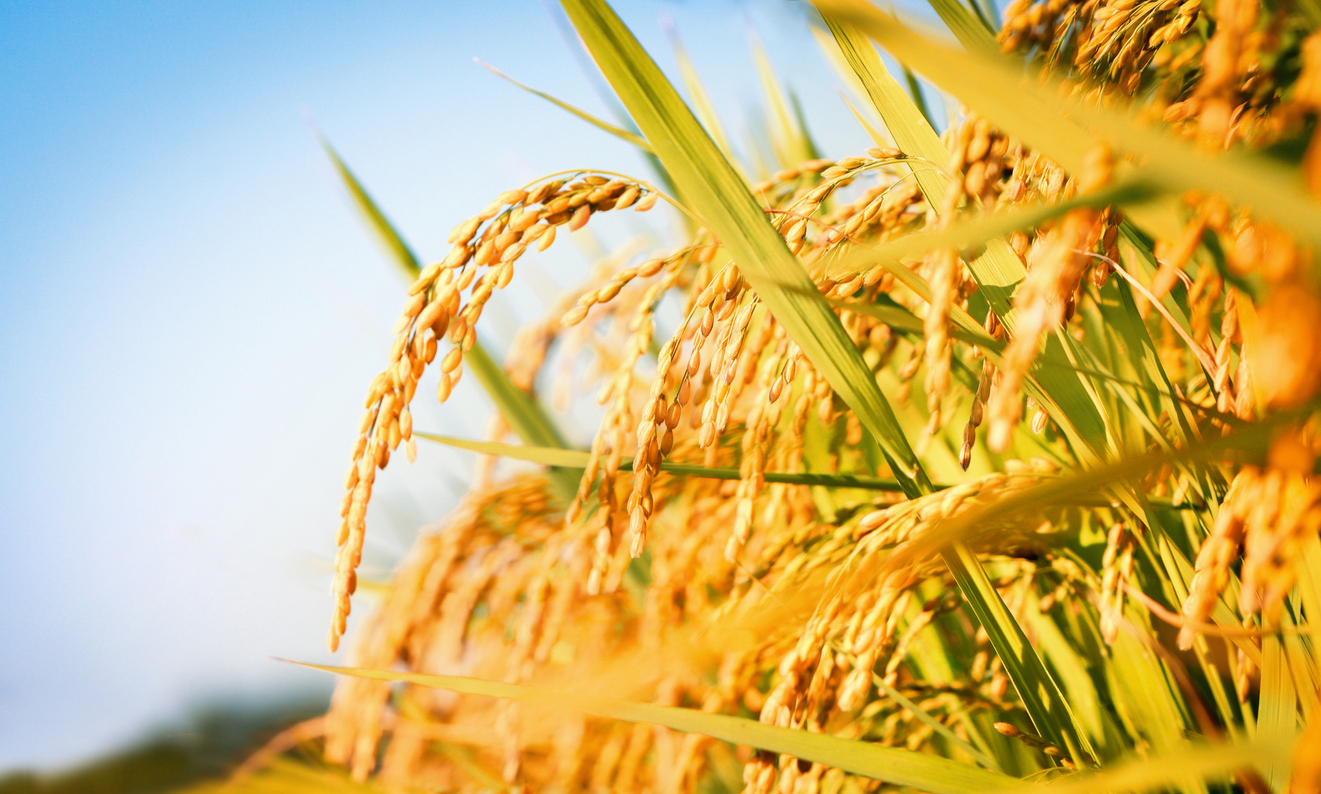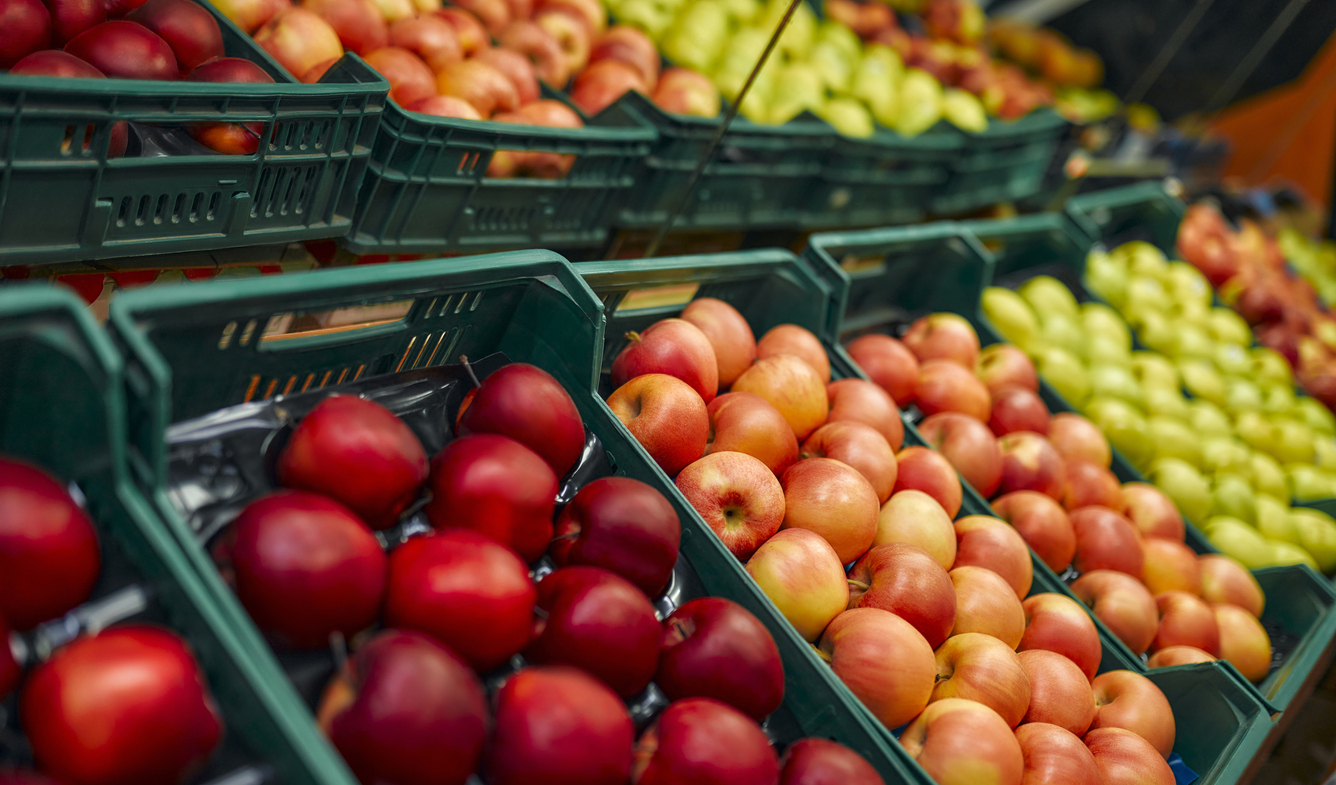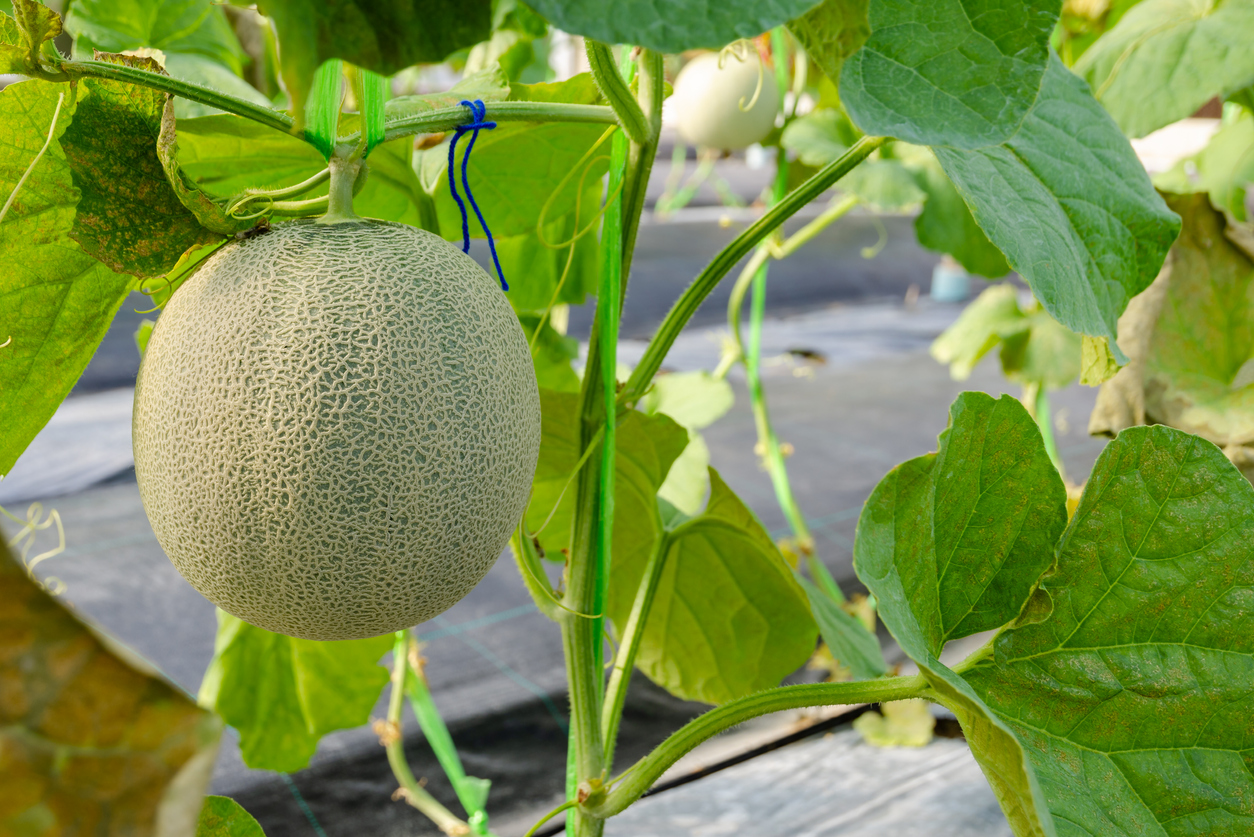Young Researchers Gear Up for Agri Challenges Through Biotechnology
| |
What are the upcoming biotech products that will transform agriculture?
To answer this significant question, the US Department of Agriculture (USDA) and the Agriculture and Food Systems Institute (AFSI) organized a one-day symposium on agricultural biotechnologies highlighting the role of youth in innovation and new developments in the field of agricultural biotechnology. The event, held on July 29, 2023, was part of the APEC High-Level Policy Dialogue on Agricultural Biotechnology Activities held at Seattle Convention Center.
Early career researchers presented on the impacts of policies on their work, and industry representatives delivered presentations on enabling policy environments, current research and development, and career opportunities. The symposium also provided an opportunity for researchers to exchange ideas and strengthen information sharing between APEC member economies.
The next part of this article summarizes the first part of a series of research highlights that cover the lightning presentations and poster sessions of the early career researchers from various APEC economies.
Nitrogen-fixing Plants
Dr. Christina Gregg, Research Scientist at the Commonwealth Scientific and Industrial Research Organisation (CSIRO) in Australia, aims to reduce the need for nitrogen fertilizer. Synthetic nitrogen fertilizer is essential for agriculture, but it has environmental costs. Thus, they are engineering plants that can fix nitrogen. Nitrogenase proteins were temporarily introduced into tobacco plants, isolated them under conditions where there is no oxygen, and tested their function in experiments where plant proteins were combined with bacterial proteins.

Drought-tolerant Rice
Dr. Chin-Yu Wu, Postdoctoral Research Fellow at National Taiwan University, presented on multiplex genome editing in rice. Glutathione (GSH) is a tripeptide that is involved in many physiological processes in plants. GSH also plays a role in the response to stress, such as water stress. Dr. Wu’s previous study showed that GSH added from outside the plant reduces the ability of rice plants to tolerate dehydration. To further investigate the role of GSH in dehydration tolerance, they studied rice plants that had a mutation in the gene that codes for GSH. Unfortunately, these plants died, so they used genome editing to create rice plants with different levels of GSH. Two types of rice plants were produced: (1) plants with reduced levels of GSH that were able to tolerate dehydration better than wild-type plants; and (2) plants with elevated levels of GSH which were more sensitive to dehydration stress than wild-type plants. The results suggest that excessive GSH can make plants more susceptible to dehydration stress.

Precision Breeding in Fruits
Meristem is a biotech startup that uses innovative in vitro culture techniques, gene editing, and regeneration to improve elite fruit cultivars. According to Meristem’s CEO Dr. Bernardo Pollak, their in vitro organogenesis pipeline platform uses a streamlined workflow that allows them to test a wide range of conditions with just two or three variables. This limits the number of experiments needed and ensures that they get enough data to carry out statistically powerful analyses. The culture media are prepared according to the experimental design, considering the tissue that Meristem wants to obtain. Different organs are propagated in vitro (e.g., stem, leaves, roots), and they are used as a starting material for their transformation platform. The responses of each tissue are analyzed based on a wide range of variables, allowing Meristem to determine the best in vitro condition for each desired process.

Virus-resistant Sugarcane
Dr. Rikno Harmoko and a team at the National Research and Innovation Agency in Indonesia have found a way to make sugarcane plants resistant to a virus that can damage their crops. They used a process called RNA interference (RNAi) to silence the gene that codes for the coat protein of sugarcane mosaic virus (SCMV). The researchers found that the transgenic sugarcane plants that expressed the RNAi constructs were resistant to SCMV infection. The plants that did not express the RNAi constructs were susceptible to infection. This is a promising development for sugarcane farmers, as SCMV can cause significant damage to crops. The RNAi technique could be used to develop sugarcane varieties that are resistant to SCMV, which would help farmers gain more income.

Virus-resistant Rockmelon
Rockmelon is a delicious and nutritious fruit, but it is also vulnerable to a virus called Cucumber Mosaic Virus (CMV). CMV is spread by aphids, and it can cause serious damage to rockmelon crops. Traditional methods of controlling CMV, such as using chemical insecticides, are not very effective and can have harmful side effects. Ms. Dharane Kethiravan, Graduate Student Researcher at the University of Malaya, Malaysia, used RNA interference (RNAi) to control CMV in rockmelon crops. The findings showed that applying dsRNA (double-stranded RNA) to the surface of rockmelon plants can protect them from CMV infection. The dsRNA triggered RNAi in the plants, which led to a significant reduction in viral symptoms and titer. The technique is still under development, but it has the potential to revolutionize the way we grow and protect this delicious fruit.

Zinc-enriched Rice
Zinc deficiency is a major problem in the Asia-Pacific region, and it can lead to stunting in children. Traditional ways to address zinc deficiency, such as diversifying the diet, are not always accessible to everyone. Mr. Erwin Arcillas and colleagues at the International Rice Research Institute, used CRISPR and TALENs to modify the OsNAS2 gene in rice plants. By modifying the OsNAS2 gene, the scientists were able to increase the zinc content of the rice seeds by up to 50%. These results are promising, and they suggest that genome editing could be a powerful tool for addressing zinc deficiency.

Watch out for the next set of research highlights to be published on Science Speaks in September.
| Newer Post | Archive | Older Post |
Science Speaks is ISAAA Inc.'s official blog. Weekly blog articles, authored by ISAAA writers, partners, and invited contributors, aim to help share, disseminate, and promote scientific knowledge and its vital role in achieving global agricultural sustainability and development. Your support to Science Speaks will help us achieve this goal. You can help us by donating as little as $10.

